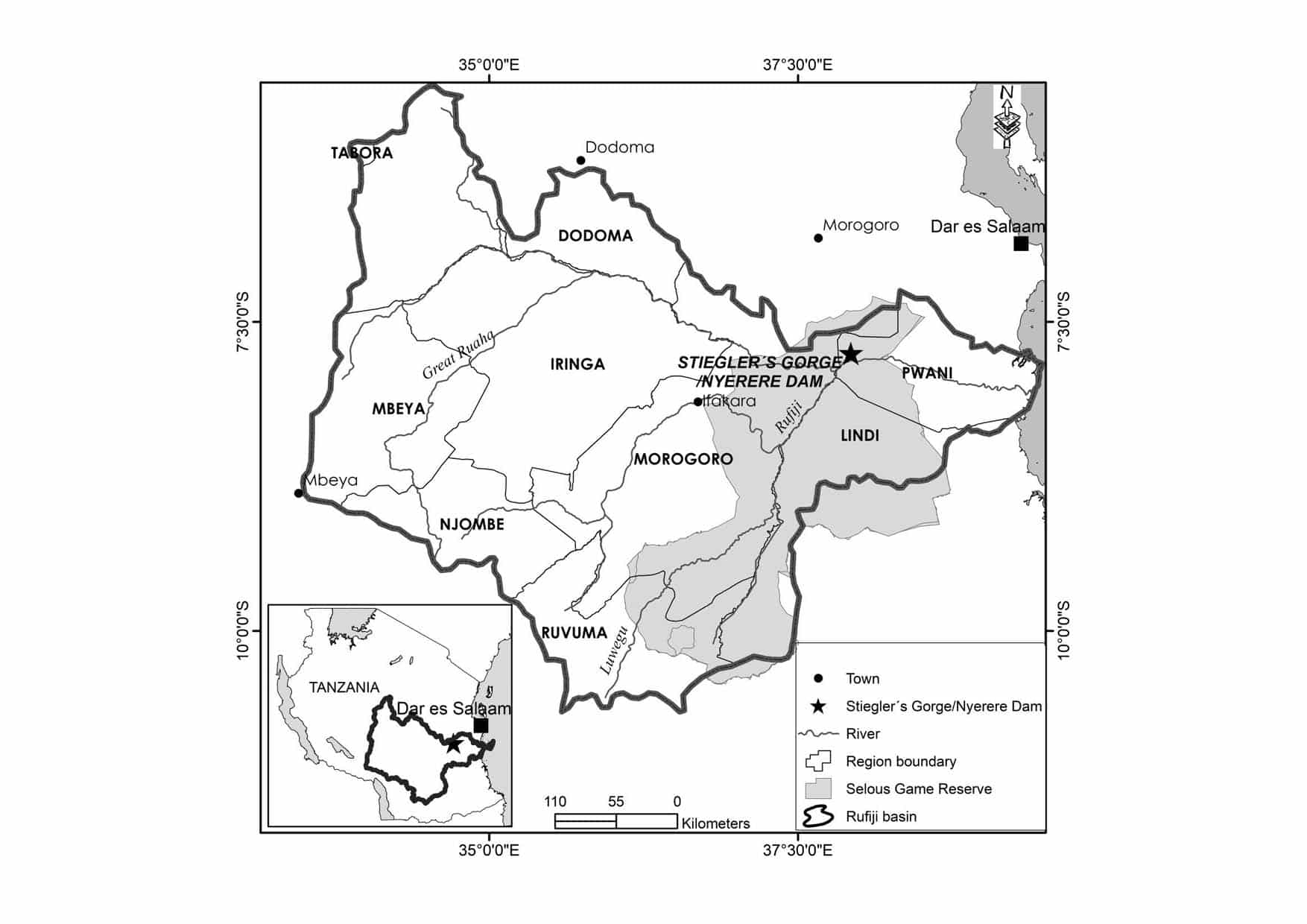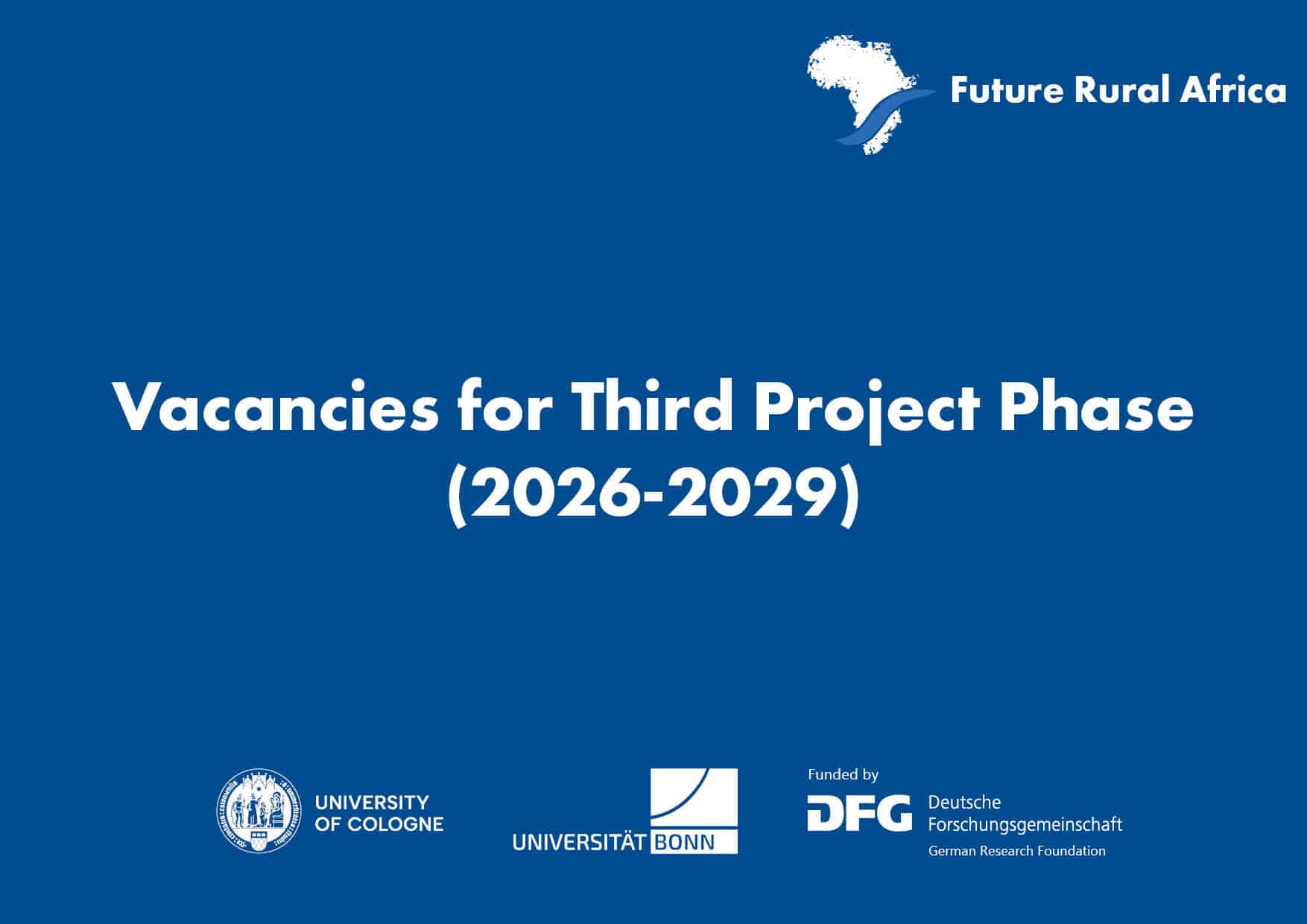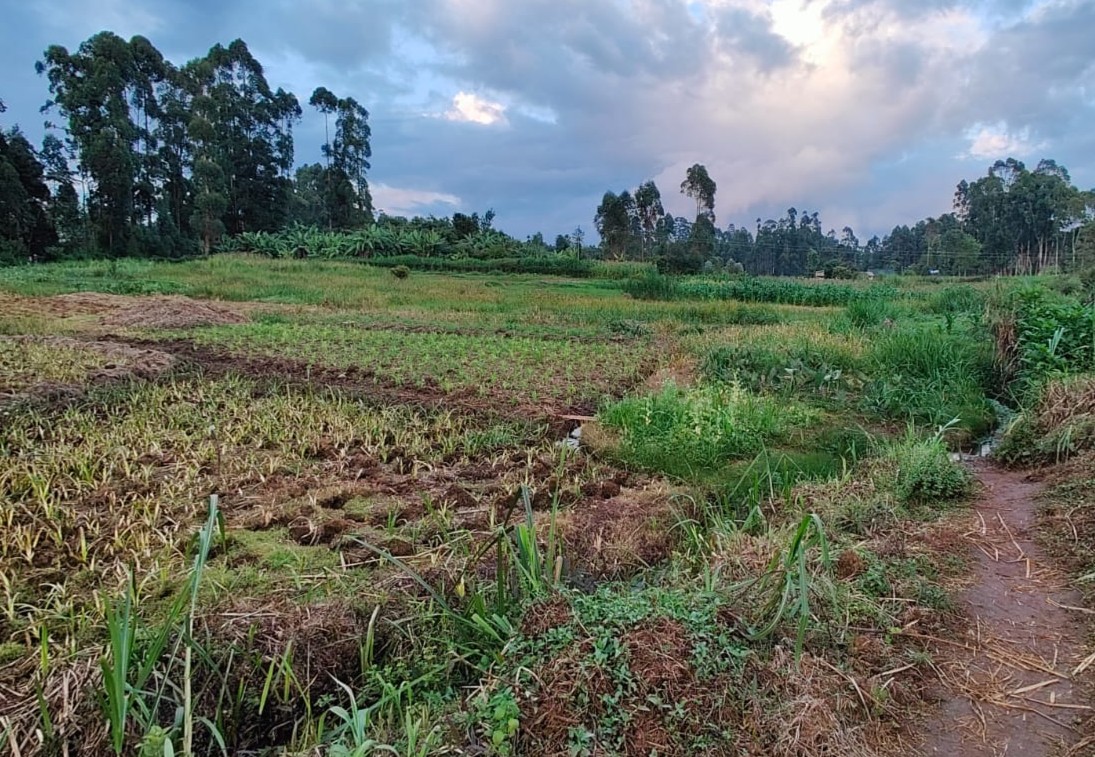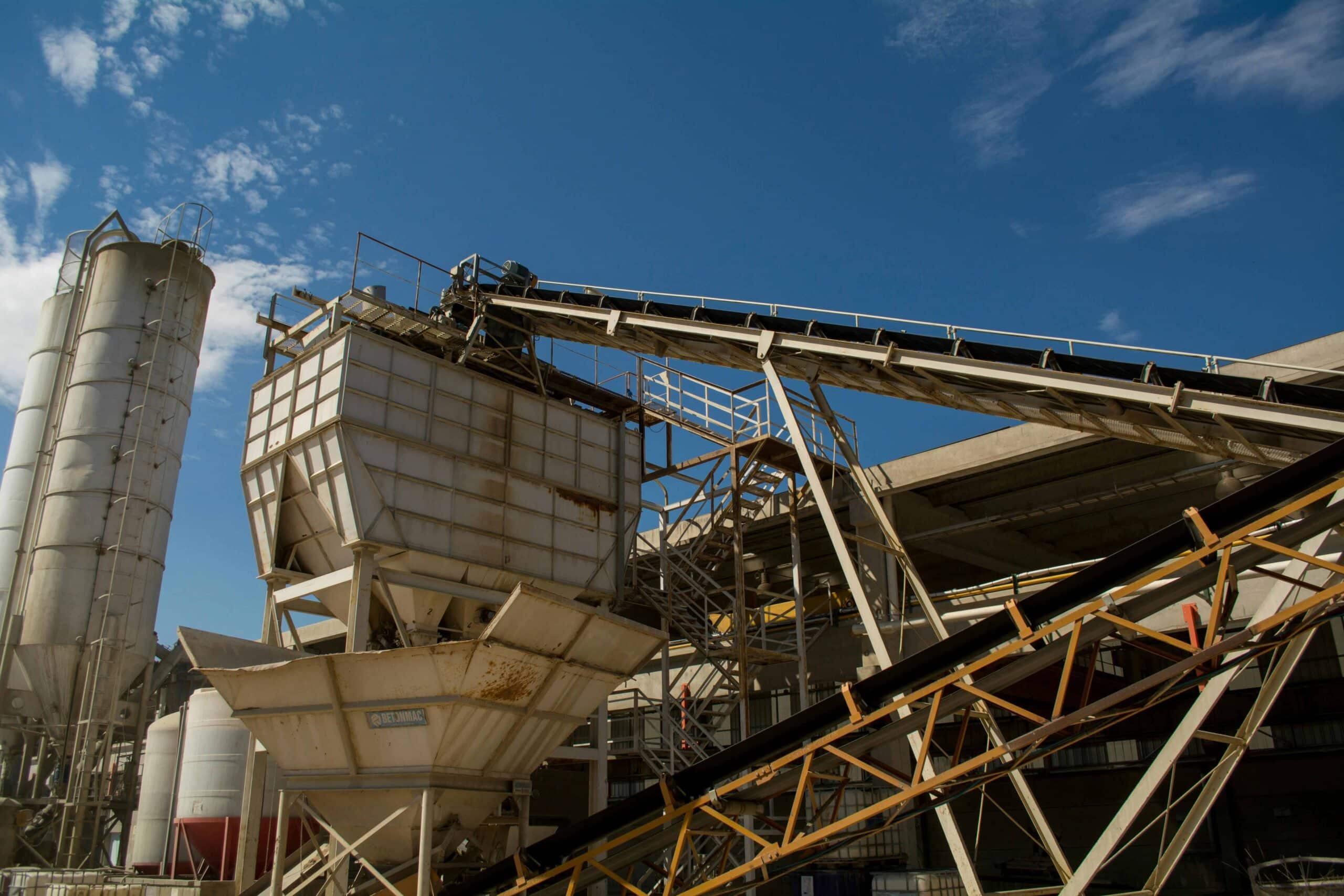In this newly published article, Emma Minja and Detlef Müller-Mahn (Project C03 Green Futures) explore the century-long history and politics of the Stiegler’s Gorge (now Nyerere) hydropower dam in Tanzania’s Rufiji River Basin, analysing how shifting political priorities, conservation pressures, and visions of national development have shaped the project’s revival. Their research situates the dam as a symbol of Tanzania’s broader struggles between ambition, delay, and modernization.
Reviving a Ghost Project: the Long History of the Nyerere Dam in Tanzania
By Emma Minja and Detlef Müller-Mahn (Project C03 “Green Futures”).
Abstract
The Rufiji River Basin, one of Tanzania’s most prominent and most promising economic catchments, has been central to development since colonial times. The most spectacular initiative is the project of a large hydropower dam in Stiegler’s Gorge. The German colonial administration first considered utilising this geological formation for a dam in the early twentieth century. It was resurfaced in the 1960s under Julius Nyerere, Tanzania’s first president after independence. Despite Tanzania’s increasing energy and water crises, it took another six decades for the project to materialise. The dam remained a ‘ghost’ until 2017, when the project suddenly gained political momentum under the push for industrialisation by President Magufuli, who named it after his predecessor, Nyerere. This article examines the history of the project to question the politics of hydropower development in post-colonial Tanzania, exploring how local and global pressures on conservation policy, energy independence and the country’s future trajectory have influenced debates about the dam. The history of the Rufiji River Basin is not just about a ghost dam finally coming to life; it is a story of ambition, delay and the broader implications of large-scale infrastructure for Tanzania’s future.
Reference
Minja, E., Müller-Mahn, D. 2025. Reviving a ghost project: the long history of the Nyerere Dam in Tanzania. Third World Quarterly, 1–22. DOI






